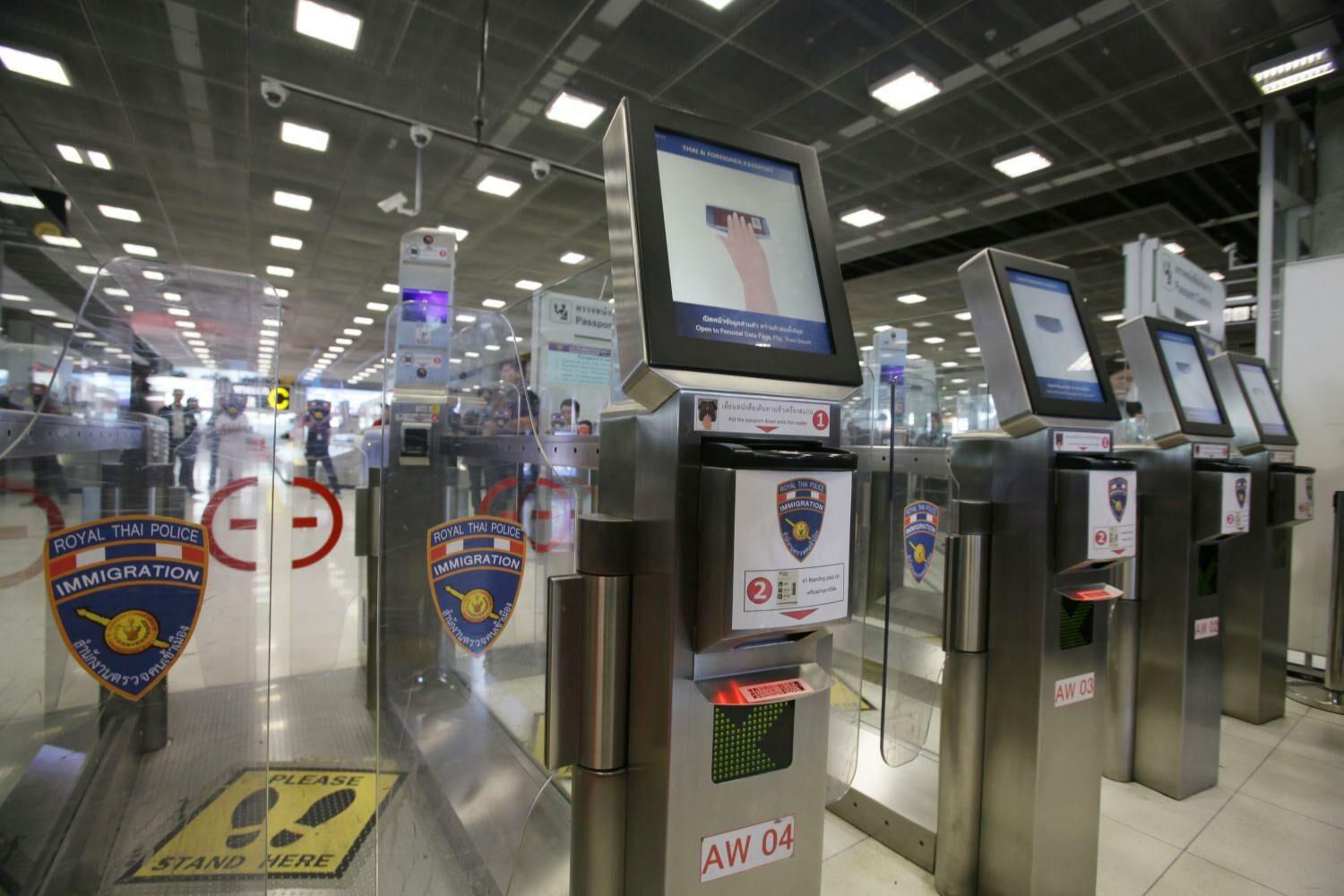Bangkok airport battles congestion with tech amid tourism recovery

Suvarnabhumi International Airport in Bangkok, Thailand’s busiest, is facing daily traffic congestion as vehicles compete for parking spaces. The problem is compounded by long queues at immigration and baggage claim areas due to inoperative kiosks and staff shortages.
Tourist complaints prompted an unannounced visit from Prime Minister Srettha Thavisin, who has since ordered airport authorities to quicken procedures to under 30 minutes per passenger. As the country welcomed 3.03 million foreign visitors last month, a rise from the previous year’s 2.1 million, the pressure on airports has increased significantly.
The recovery of tourism post-pandemic has led to airlines increasing flight frequencies, seeking to reach full capacity as quickly as possible to offset losses incurred during the pandemic. However, staffing shortages in airports and airlines worldwide are impeding growth. The adoption of technology that could help alleviate the labour shortage in aviation has been slow due to system instability and the comparatively low level of technology proficiency in Thailand.
By 2025, it is expected that 63% of airports and 51% of airlines globally will have self-boarding gates using biometrics, with 53% of airports implementing a secure single biometric token for all touchpoints, reported Bangkok Post.
In addition to adopting new technology, Airports of Thailand (AoT) announced last year a passenger service charge increase at six international airports from April 1, 2024. The additional tax of 30 baht is rolled into ticket prices, making the new total service charge 730 baht, and is allocated via the new operating system, Common Use Passenger Processing Systems (Cupps). This system is designed to reduce long queues at check-in counters and is already familiar to passengers using Suvarnabhumi and Don Mueang airports.
Santisuk Klongchaiya, CEO of Thai AirAsia, reported that 20-30% of their passengers are using self-service check-in at Don Mueang airport, with many using their mobile phones or websites to check in online before arriving at the airport. He also affirmed that automated ground handling services will become increasingly important at airports, especially those dealing with labour shortages.
Airport technology
However, the adoption of technology is not an absolute solution. As Santisuk and Sumesh Patel, president of Asia-Pacific at SITA, pointed out, aviation is a service industry that requires human intervention for troubleshooting. They believe that rather than causing layoffs, new technologies will improve passenger services and increase operational efficiency, with staff roles evolving and becoming more service-oriented.
Despite these advancements, there are still hurdles to overcome. Wutthiphum Jurangkool, CEO of Nok Air, said that tech adoption in Thailand is slower than in Europe and the US, as passengers need time to become accustomed to new airport technologies. Additionally, the physical structure of older airports may not fully accommodate some of these new technologies.
Sumesh emphasised that all airports and airlines, regardless of size, must adopt new technologies due to the rapid changes in the aviation industry driven by the pandemic. Furthermore, cloud technology makes digital transition and advanced IT affordable and accessible for regional or budget-conscious airports, allowing them to implement smart digital operations cost-effectively.
Latest Thailand News
Follow The Thaiger on Google News:


























